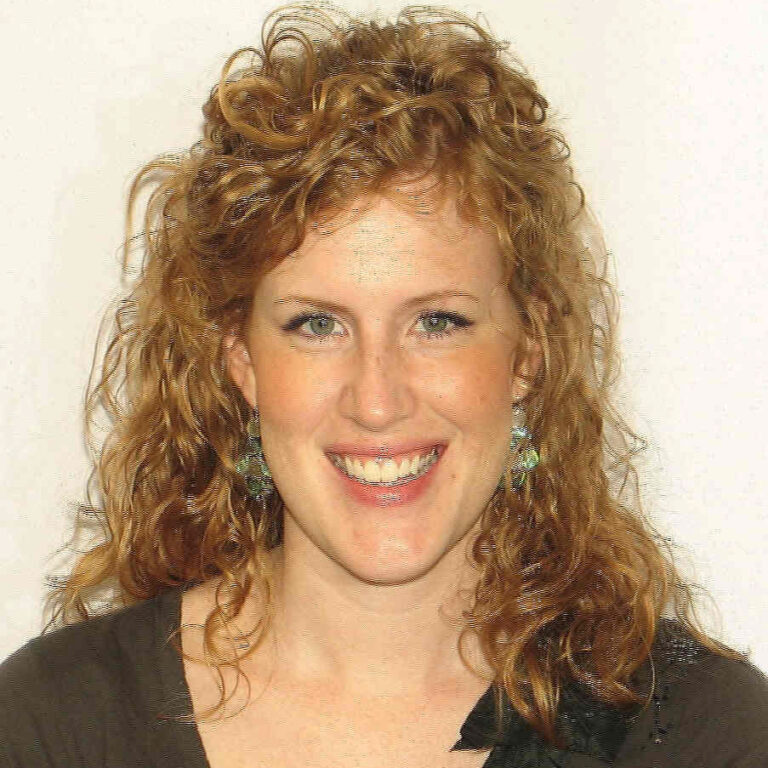Charles Eastman’s story, first published in 1916, explains growing up Sioux in Northern Minnesota and Canada. At the age of 15, Eastman attended a Christian boarding school. He went on to become well-educated, receiving a Bachelor of Science degree from Dartmouth in 1887 and earning a medical degree from Boston University in 1890. No small feat in an era where the defeat of the US Army under Custer at the Battle of Little Bighorn in 1876 was fresh in the memory of Americans. Eastman wanted to help his people, so he returned to work as a physician at Pine Ridge, where he witnessed the events that culminated in the Wounded Knee massacre. Eastman then devoted his life, in and out of government service, to help his fellow natives adapt to the white world while retaining the best of their own culture.
Eastman wrote,
I was constantly meeting with groups of young men of the Sioux, Cheyennes, Crees, Ojibways, and others, in log cabins or little frame chapels, and trying to set before them in simple language the life and character of the Man Jesus. I was cordially received everywhere, and always listened to with the closest attention. Curiously enough, even among these men who were seeking light on the white man’s ideals, the racial philosophy emerged from time to time. I remember one old battle-scarred warrior who sat among the young men got up and said, in substance: “Why, we have followed this law you speak of for untold ages! We owned nothing, because everything is from Him. Food was free, land free as sunshine and rain. Who has changed all this? The white man; and yet he says he is a believer in God! He does not seem to inherit any of the traits of his Father, nor does he follow the example set by his brother Christ.” Another of the older men had attentively followed our Bible study and attended every meeting for a whole week. I finally called upon him for his views. After a long silence, he said: “I have come to the conclusion that this Jesus was an Indian. He was opposed to material acquirement and to great possessions. He was inclined to peace. He was as unpractical as any Indian and set no price upon his labor of love. These are not the principles upon which the white man has founded his civilization. It is strange that he could not rise to these simple principles which were commonly observed among our people.” These words put a spell of an uncomfortable silence upon our company, but it did not appear that the old man had intended any sarcasm or unkindness, for after a minute he added that he was glad we had selected such an unusual character for our model.
Eastman concludes, toward the end of his book, “I confess I have wondered much that Christianity is not practiced by the very people who vouch for that wonderful conception of exemplary living. It appears that they are anxious to pass on their religion to all races of men, but keep very little of it themselves. I have not yet seen the meek inherit the earth, or the peacemakers receive high honor.”
How long until the last become first?

